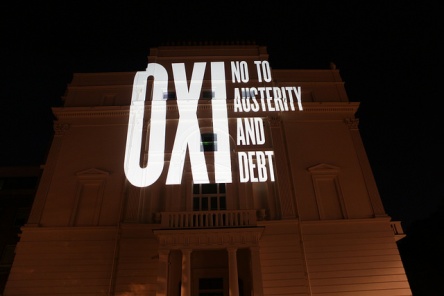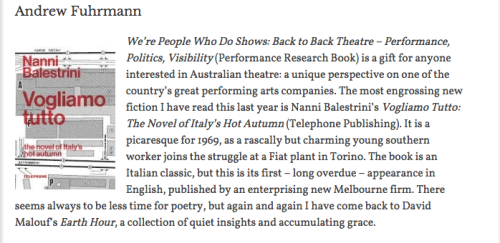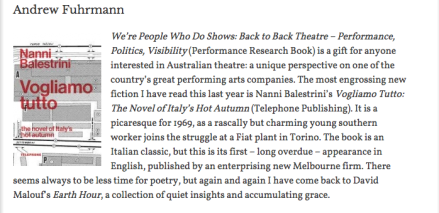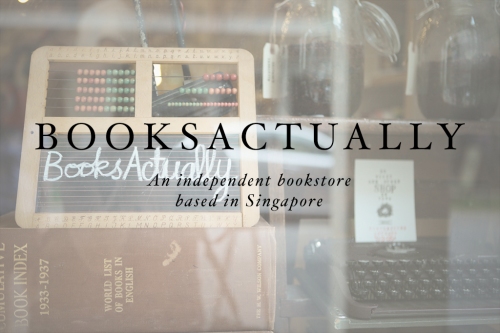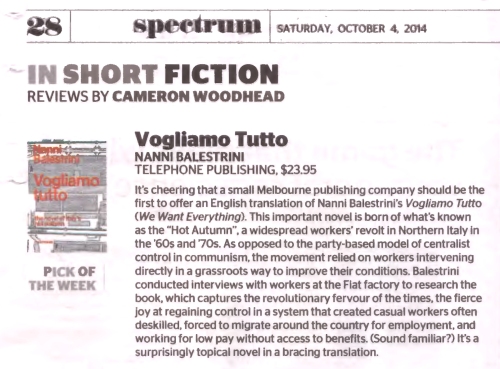by Franco Berardi Bifo
Sunday, silence. No transmissions from the piazza. How will the Greeks react to the defeat of Tsipras, the resounding humiliation that the European steering group has long wanted to subject them to, to the German payback for the No rebellion in the referendum? How are they preparing to live the years to come, which will be even more hopeless and wretched than the five years they have just lived? In the coming days we’ll understand whether at this point they’ll pull their heads in and accept that which destiny seems to be imposing, or continue the rebellion both without and against Tsipras. Or whether, which is more likely, the nazis of Golden Dawn will emerge in the new circle of hell Europe has lead them to. In the meantime public sector workers are preparing to strike on Wednesday, when Parliament will vote on the Troika’s diktat.
The financial terror that has struck Greece dumb sends a clear message to everyone else: to the Spanish, the Portuguese, the Irish, who in the coming months will go to the polls. Now we know that there is no electoral escape route. The endless debt grows every year, given that to repay it requires sinking further into recession every year. And there is no way out via the instruments of democracy. Syriza won the election, then won the referendum resoundingly, but the German vendetta has crushed all hope. It is a lesson from the leadership group of the Union meant for Podemos.
What sense would it make at this stage to vote for Podemos at the next Spanish elections? What sense would it make in Italy to exhaust ourselves building an electorial alternative, organising a referendum to win back that which has been taken away? No sense, from the moment that all of the instruments of electoral democracy were neutralised by the automatic pilot, by the financial terror. To ensure that this financial automatic pilot continues to function, the European Union moves from one coup d’etat to the next: first the ousting of Papandreou, then the imposition of Mario Monti on Italy, now the terror against Syriza. Why persist? The democratic route is clearly precluded. Does another exist? A country that in fact has solid experience in terror has taken on the burden of terrorising Greece to impose the will of global finance.
Now it is time to interepret the model that has emerged from the coup d’etat of July 13, to at least develop a concept that enables us to understand the world we have entered. The neoliberal era that officially started on September 11, 1973 in Santiago is now in a new phase, which we can call financial neocolonialism. Through the imposition of debt that grows day by day as it is repaid, it becomes possible for the neocolonial country (in our case, Germany) to extract without limit the resources of the colonised country (in this case, Greece).
…but there is good reason to fear that soon enough we’ll be talking about force full stop.
The European Union is now only held together by force of blackmail, but there is good reason to fear that soon enough we’ll be talking about force full stop. The leader of Golden Dawn has said that this is their moment. In Syntagma Square they are burning EU flags. Syriza was probably the last levy holding back the full flood of nationalism. That levy has been breached by financial siege and by the German vendetta. On the anniversary of the massacre at Sbrebrenica, it’s worth remembering the role that Kohl’s Germany played in the Yugoslav civil war, becase the Yugoslav war is on the point of becoming the scenario in Europe. And it is Germany that is the protagonist again.
When I was a child my father told the story of his imprisonment by the Nazis at Osimo whenever he got the chance. He didn’t teach me to distinguish between the word “Nazi” and the word “German”, for the easily understood reason that the only Germans he ever met in his life where soldiers of Nazi Germany. Then ’68 happened and I read the works of Rudi Dutschke and I understood that Peoples don’t exist, only people, classes and movements. But on April 25, 1968 a reader of Springer’s newspapers shot Rudi Dutschke.
Even in knowing that the word German and the word Nazi need to be distinguished from each other, the suspicion remained that the Springer reader represented the majority of people who spoke German, who were of German culture and nationality. Given that feelings are just as important as rational ideas in history, and maybe more so, I am afraid that soon it will be difficult to avoid seeing the emotion stirred up by the pogrom of harm done to the Greek people blur into hatred for the Germans. Notwithstanding my formation as an internationalist and my refusal of nationalist identifications, I would be lying if I said that my subconscious can now manage to distinguish between the word German and the word Nazi. This may be the thing that scares me the most.
July 15, 2015. First published as Cos’è la patria del tedesco? by alfabeta2
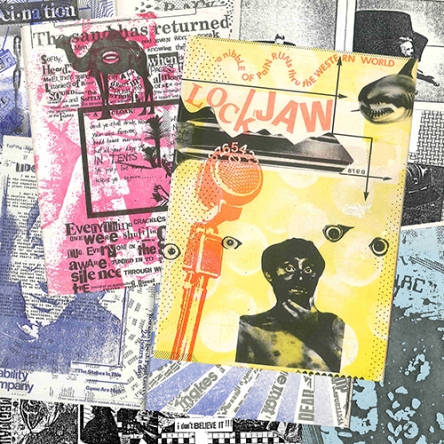
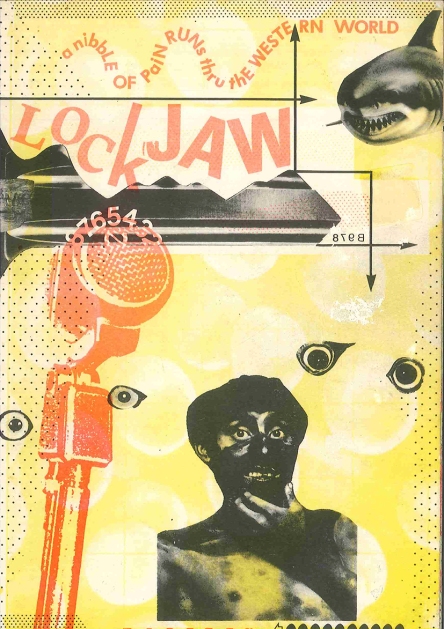
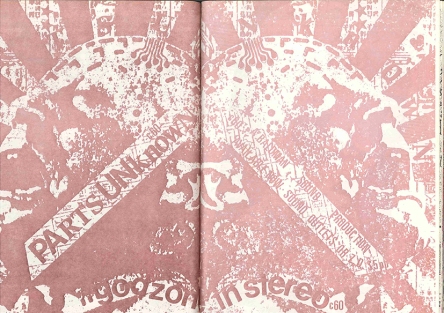 Lockjaw (1983) – their fourth print object – was the most fully realised Dreamflesh project: A5, perfect-bound, part book, part magazine, part cultural terror manual.
Lockjaw (1983) – their fourth print object – was the most fully realised Dreamflesh project: A5, perfect-bound, part book, part magazine, part cultural terror manual.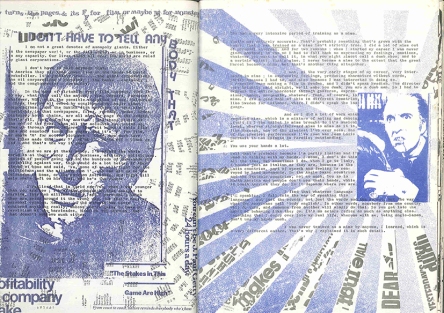 Dreamflesh’s work was produced in the spirit of Situationism and punk rock – it was not meant to last. Their physical traces today are scant: leftover copies of Lockjaw and their other publications stashed on bookshelves and in boxes under people’s beds: Zerox #1, Zerox #2, La La Sequence Bruit and Cargo, some colour Xerox postcards, and several music cassettes, including Wampum, a companion to Cargo.
Dreamflesh’s work was produced in the spirit of Situationism and punk rock – it was not meant to last. Their physical traces today are scant: leftover copies of Lockjaw and their other publications stashed on bookshelves and in boxes under people’s beds: Zerox #1, Zerox #2, La La Sequence Bruit and Cargo, some colour Xerox postcards, and several music cassettes, including Wampum, a companion to Cargo.